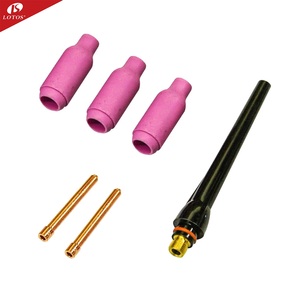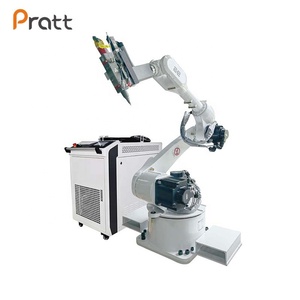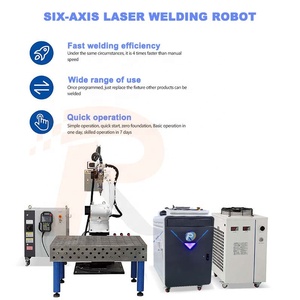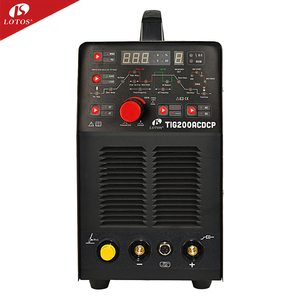
All categories
Featured selections
Trade Assurance
Buyer Central
Help Center
Get the app
Become a supplier

(1176 products available)












































There are several welding machines on the market. The key is to look for the essential features that allow the user to perform aluminum welding effectively. Choosing from these types makes for an easier and more accurate welding process.
Unlike other types, the AC/DC Tig welder can perform welding on more materials. Also, it can work on thicker metals. It means that the welder can work on stainless steel and aluminum. This versatility makes it an ideal choice for professional workshops.
This kind of aluminum tig welding machine uses a power inverter. Thus, it makes the unit more compact and lightweight. Inverter welders are also known for their high level of control. These controls allow for cleaner and more precise tig welding. Their portability also adds convenience.
The pulsed tig welder sends the current in pulses. Thus, it adds heat control that will be applicable to thin materials. It can also reduce heat buildup. In that sense, it helps prevent warping. Welders have to adjust their amperage precisely. This type of welder is especially good for intricate projects.
These machines are designed for heavy industrial use. They offer a balance between AC and DC tig welding. It means they combine the advantages of both welding currents. These machines are not portable. But they are capable of sustained production work. Therefore, they fit well in a commercial welding shop.
Tig welding utilizes a non-consumable tungsten electrode to produce the weld. An electrode is used to create the arc between the electrode and the workpiece. That is why a filler metal rod is used to join the metals together. This process provides great control over the weld. It results in a clean and precise bead.
Moreover, tig welders have an AC setting that cleans the aluminum oxide layer. It prepares the base metal for a stronger and more effective weld.
Tig welders come with several features. These features improve their performance and ease of use. Here are some of them:
Tig welders are known for their versatility. They can handle various metals like stainless steel and thus provides a wide range of applications. These include automotive, aerospace, and fabrication industries. There is also an increasing demand for high-quality welds. This is because people now consider durability an important note.
The demand for aluminum welding equipment has gone up in recent years. This is due to the increased use of aluminum in construction. It is favored for its lightweight and corrosion resistance.
Moreover, a tig welder for aluminum's precision and control makes it ideal for industries. It ensures that the welds are clean and structurally sound.
Additionally, as manufacturing processes continue to modernize, there is a shift toward digital and inverter-based welding equipment. A tig welder's advantages over other welding methods are its compact design and improved energy efficiency. They are gaining popularity within the commercial sector.
Both AC and DC Tig welders have significant commercial value. They are valuable investments for businesses that prioritize quality and precision. After all, they are built to last and can minimize rework costs.
Aluminum has high corrosion resistance. It can also be easily fabricated. That is why it is one of the most commonly used materials.
Argon is the most effective gas for TIG welding aluminum. It provides better penetration. It also results in cleaner and more efficient welds.
The DC TIG welder can weld aluminum as thin as 0.25 inches. Going beyond that, it can weld thicker aluminum up to 1 inch with increased amperage.
Yes, it can. Though a welder may choose to use a filler rod, it is still possible to join two aluminum pieces without one. The welder just has to precisely control the tig arc to fuse the base metals together.
The positive side of TIG welding aluminum is that it provides better control and precision. It results in high-quality welds. Meanwhile, the downside is that it requires more skill and takes longer than other welding methods.